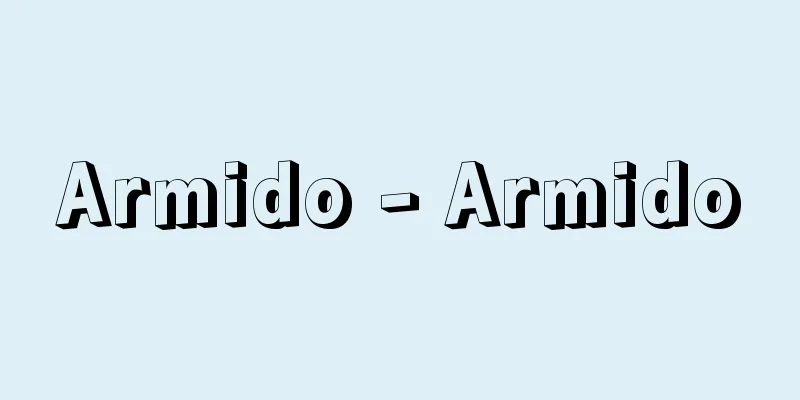Cell membrane - Cybomaku

|
The membrane that surrounds the outermost layer of a cell is also called the plasma membrane or protoplasmic membrane. Since the theory of JD Robertson in 1960, this membrane has been considered to have three layers, but its molecular structure is explained as follows in the "fluid mosaic theory" published by SJ Singer and GL Nicolson in 1972. The membrane is made of a bilayer of phospholipids, within which protein particles exist in a mosaic pattern. There are two types of protein particles: intrinsic and superficial. Intrinsic protein particles can flow freely within the bilayer of phospholipids that has a liquid crystal structure. The superficial protein particles exist on the cytoplasmic surface of the membrane and regulate the distribution of intrinsic protein particles. Enzyme proteins related to active transport and enzyme proteins activated by hormone stimulation are contained in intrinsic protein particles. The surface of a cell, i.e., the outside of the cell membrane, is covered with a glycocalyx (polysaccharides) specific to the cell, which helps cells recognize and bind to each other. In addition, the negative charge of the glycocalyx attracts a large number of cations to the cell surface. The polysaccharides on the cell surface contain cell surface antigens and play an important role in cellular immunity (cell-mediated immunity by T cells derived from the thymus, not by humoral antibodies). [Yasushi Kobayashi] [Reference] |©Masazumi Fujita "> 3D diagram of an animal cell ©Shogakukan "> Molecular structure of the cell membrane (plasma membrane) Source: Shogakukan Encyclopedia Nipponica About Encyclopedia Nipponica Information | Legend |
|
細胞の最外層を取り囲む膜で、形質膜、原形質膜ともいう。この膜は、1960年のロバートソンJ. D. Robertsonの説以来3層とされるが、その分子構造は、1972年にシンガーS. J. SingerとニコルソンG. L. Nicolsonが発表した「流動モザイク説」では次のように説明されている。膜はリン脂質の2分子層からなっているが、その中にタンパク粒子がモザイク状に存在する。タンパク粒子には内在性と表在性の2種類がある。内在性タンパク粒子は、液晶構造をもつリン脂質の2分子層の中を自由に流れ動くことができる。表在性タンパク粒子は、膜の細胞質側の表面に存在して、内在性タンパク粒子の分布を調節している。能動輸送に関係する酵素タンパクや、ホルモンの刺激により活性化される酵素タンパクは内在性タンパク粒子に含まれている。 細胞の表面、すなわち細胞膜の外側は、細胞に特有な糖衣(多糖類)で包まれ、細胞どうしの認識や結合に役だっている。また、糖衣の負荷電は多量の陽イオンを細胞表面に引き付ける。細胞表面の多糖類は細胞表面抗原をもち、細胞性免疫(体液性抗体によらず、胸腺(きょうせん)由来のT細胞による細胞性免疫をいう)に大きな役割を果たしている。 [小林靖夫] [参照項目] |©藤田正純"> 動物細胞の立体模式図 ©Shogakukan"> 細胞膜(形質膜)の分子構造 出典 小学館 日本大百科全書(ニッポニカ)日本大百科全書(ニッポニカ)について 情報 | 凡例 |
Recommend
Middle way - Chudo
〘 noun 〙 (formerly also called "chuto")①...
Roman de Troie (English spelling) RomandeTroie
…from Touraine. He wrote the long verse Roman de ...
Glycera chirori (English spelling)
A member of the Polychaeta class of the phylum Ann...
Free trade imperialism
...This was the result of the establishment of la...
Number - Bante
[1] 〘 noun 〙① A warrior who is stationed at a cast...
Karakozov, DV - Karakozov
…The Russian government brutally suppressed the P...
Ultrasonic processing - supersonic working
Ultrasound is a sound higher than audible sound, ...
Hoto - Houtou
A political group in which those with the same pr...
Letter of recommendation - Sohakujo
From ancient times to the Middle Ages in Japan, th...
Norman, B. (English spelling) NormanB
...The structure and performance of the instrumen...
Remains of Oharida Palace - Oharida Palace Remains
... Bricks were introduced to Japan from Korea. A...
Shimoto - Kato
…It re-emerged as one of the powerful nations dur...
Death from traumatic shock
...Toxic shock death occurs when a person is pois...
"Kusazoushi Chronicles"
…Published in 1802 (Kyowa 2). As the title, "...
Gauge (English spelling)
It has three different meanings: (1) A standard in...









